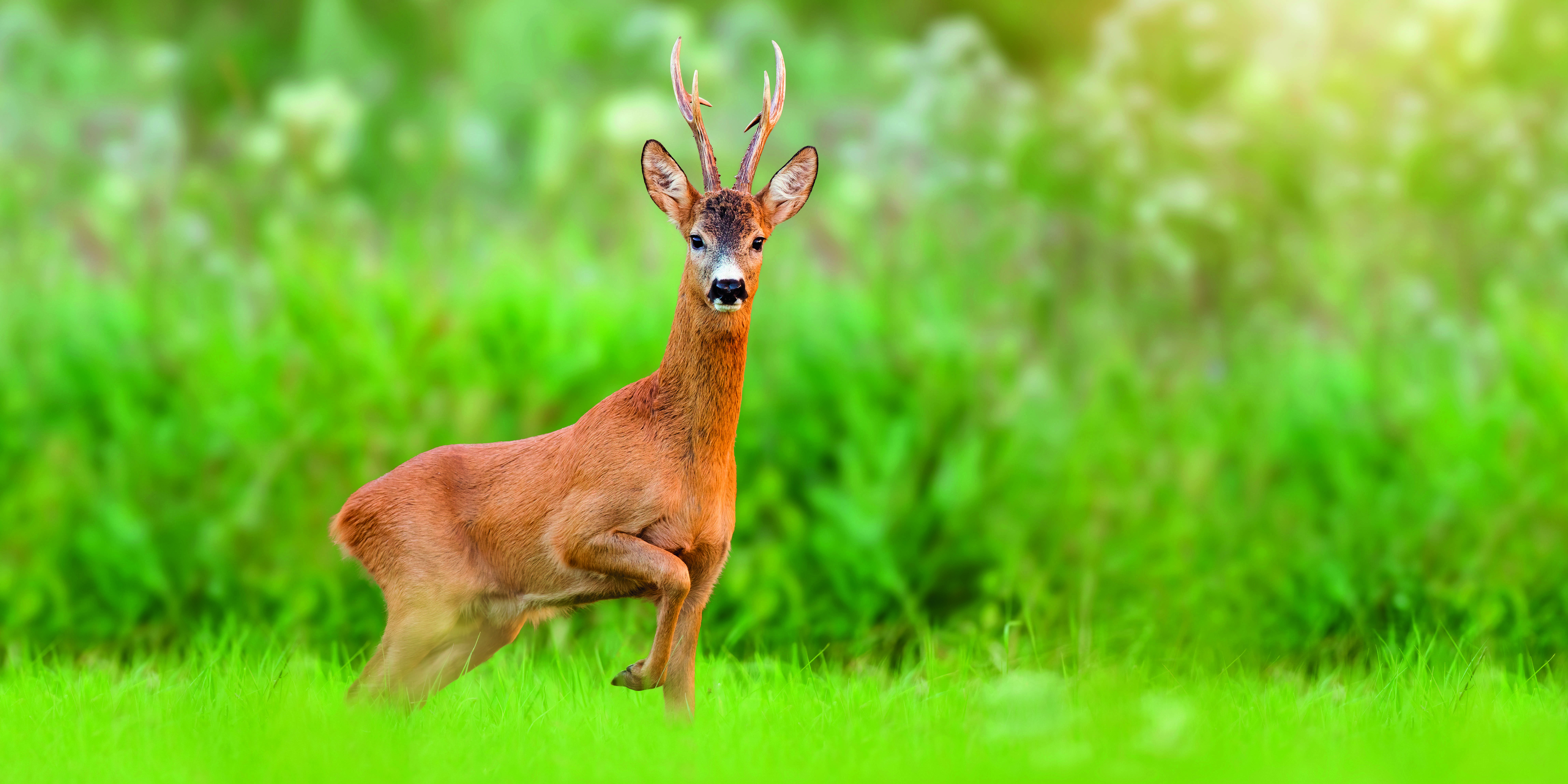Roe cull acceptable? It’s thanks to Bambi
With the roebuck season opening next week, Conor O’Gorman shares an unusual angle on the species — which has a ‘film star’ at its heart.

During the COVID-19 pandemic the Royal Horticultural Society (RHS) found itself at the centre of a social media storm, whipped up by animal rights activists, over the culling of a small number of roe deer at its new Bridgewater site near Salford.
The deer had evaded detection during the erection of deer fences when the new gardens were being completed on the former Worsley New Hall estate, and culling was the most humane management option, lest they munch through the garden’s huge collection of British and more exotic plants.
Records of roe deer in Great Britain date back thousands of years and, with urban and suburban sprawl, they are increasingly coming into contact with people. I wonder how tolerant some of the activists and the “outraged” Salford councillors would be to see their prized roses and tulips nibbled down by visiting roe?
Red hot poker
A 2019 RHS “deer in gardens” survey of its members received 800 responses, with roe the most sighted deer, reported in 65% of gardens. The survey also gathered data on plant damage by deer. Least likely to be gobbled up were daffodils, daphne, bay, globe thistle, red hot poker, butterfly bush, primula, rhubarb and nerine. Most at risk were tulips, roses, muscari, geraniums, holly, runner beans, raspberry, camellias and rhododendrons.
Last year, the close season for all species of male deer was axed in Scotland. BASC disagreed with the move because it felt it would not help to reduce population levels. There are proposals to make the female deer close season in Scotland the same for all species, from 31 March to 30 September.
In its response to a consultation on the proposals, BASC has recommended a close season of 1 April to 31 October for female deer species in Scotland to bring it into line with all the other UK nations. They have established these dates based on animal welfare considerations. It will take a few years to determine the impact on deer populations, if any, of the changes in law in Scotland.
This may particularly apply to roe, given their long gestation period of nine months — four months of no embryonic growth followed by five months of foetal growth — thought to be an adaptation to avoid giving birth during harsh northern winters.
The book Bambi, a Life in the Woods was based on the life of a roebuck, written by Felix Salten and published in German in 1923. Salten was an Austro-Hungarian who lived most of his life in Vienna. A prolific writer, he was also a stalker, who by his own estimate shot more than 200 deer.
That perhaps explains the knowledge that contributed to an insightful look into the life cycle of roe deer. It was one of the first environmental novels published and, some say, a parable of the dangers and persecution faced by Jews in Europe. The English language version of the book was published by another author in 1928, followed by the Walt Disney film adaptation in 1942. Unsurprisingly, both the book and film do not do justice to the detail of the original.
Offspring
In 2022, an English translation of the original book was published, truer to the story of a roe deer’s life in the forest, written by a hunter who loved nature. Salten published a sequel to Bambi in 1939 following the lives of Bambi’s twin offspring — again with detail likely to be based on his own hunting experience.
In recent months, references to Bambi have been doing the rounds in the media as a lazy reference to the upsurge of interest in venison. Tabloid headlines aside, it’s a very positive development for shooting and deer management.
Campaigns such as Eat Game and Eat Wild are raising much-needed awareness not only of the availability of venison but subliminally why deer need to be sustainably managed. Salford Council take note, let’s get some locally harvested roe deer on the menu in your schools.








